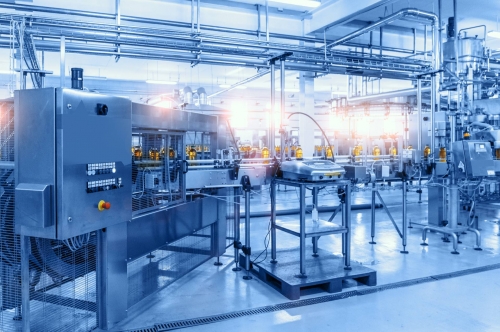A Manufacturing Execution System (MES) solution, when integrated with an IoT platform, becomes a powerful combination for enhancing and optimizing the manufacturing process in various industries.
Here's how these two technologies work together:
Real-Time Data Integration: MES acts as a bridge between the enterprise's business systems. When integrated with an IoT platform, it facilitates the seamless collection and integration of real-time data from various IoT devices and sensors deployed throughout the manufacturing environment. This includes data from machines, equipment, and sensors.
Data Visibility and Monitoring: The integration of MES with IoT enables manufacturers to have unparalleled visibility into their production operations. Real-time data from IoT sensors and devices is fed into the MES, allowing manufacturers to monitor equipment status, environmental conditions, product quality, and other critical parameters in real-time. This data is then aggregated and presented in a user-friendly format for analysis.
Predictive Maintenance: MES, in conjunction with IoT, enables predictive maintenance strategies. IoT sensors on machinery and equipment continuously collect data about their performance and health. MES analyzes this data to predict when maintenance is needed, preventing unplanned downtime and reducing maintenance costs.
Quality Control: IoT sensors can monitor and record data related to product quality parameters, such as temperature, humidity, and pressure. MES, integrated with IoT Platform, can instantly detect deviations from quality standards and trigger immediate corrective actions to maintain product quality.
Inventory Management: IoT sensors can provide real-time information about the movement and levels of raw materials and finished goods in the production facility. MES, when combined with IoT data, offers advanced inventory management capabilities, ensuring that materials are available when needed and reducing the risk of shortages or overstocking.
Energy Efficiency: IoT sensors can monitor energy consumption in the manufacturing process. When integrated with MES, this data can be used to optimize energy usage and reduce operational costs. This integration facilitates advanced data analytics to identify energy inefficiencies, manage energy demand intelligently, and predict maintenance needs, thus ensuring well-maintained machines operate at peak efficiency.
Data Analytics: The combination of MES and IoT data allows for powerful data analytics. Manufacturers can gain valuable insights into their processes, identify bottlenecks, optimize resource utilization, and make data-driven decisions to improve efficiency.
Communication and Collaboration: IoT devices and MES facilitate improved communication and collaboration between different departments and teams involved in the manufacturing process. Real-time data sharing helps teams make informed decisions and respond quickly to issues.
In summary, integrating an MES solution with an IoT platform creates a synergy that enables manufacturers to leverage real-time data from a wide range of sensors and devices to optimize their manufacturing operations. This integration enhances visibility, control, and efficiency while also supporting predictive maintenance, quality control, and data-driven decision-making. It ultimately leads to more agile and responsive manufacturing processes in various industries.




